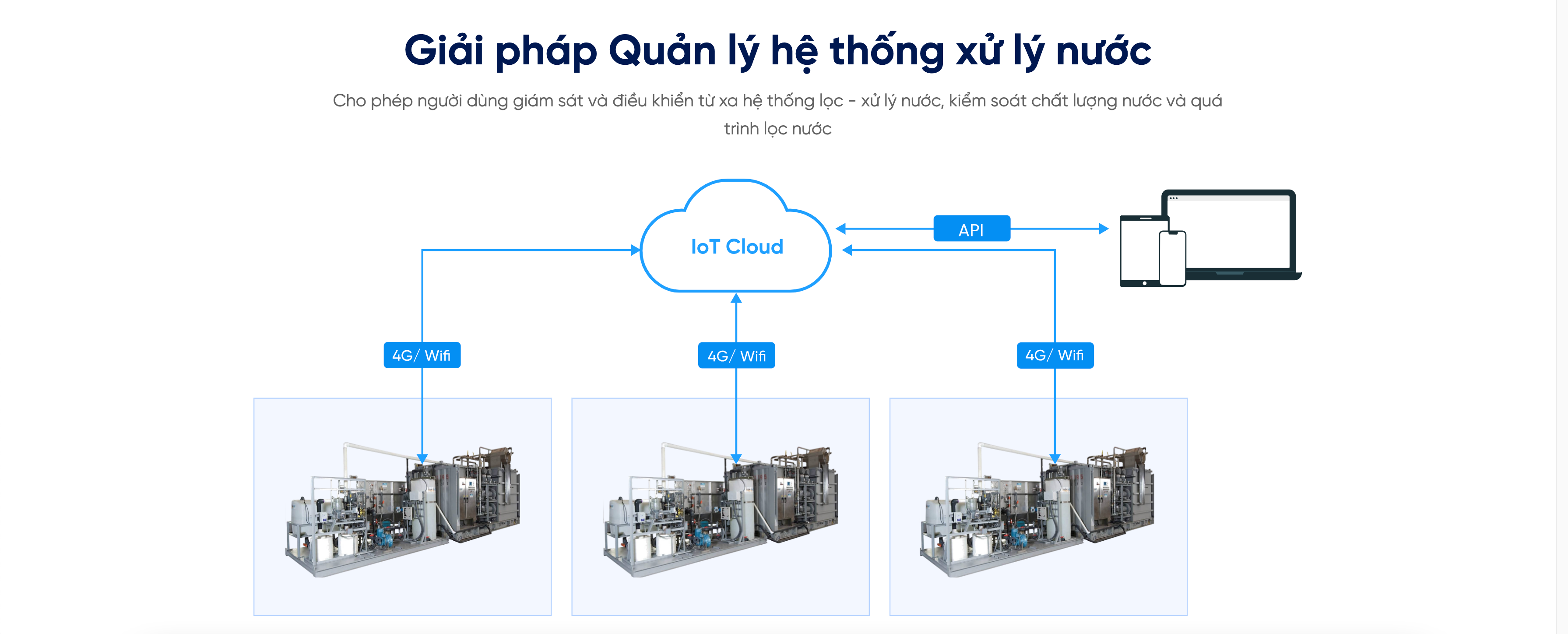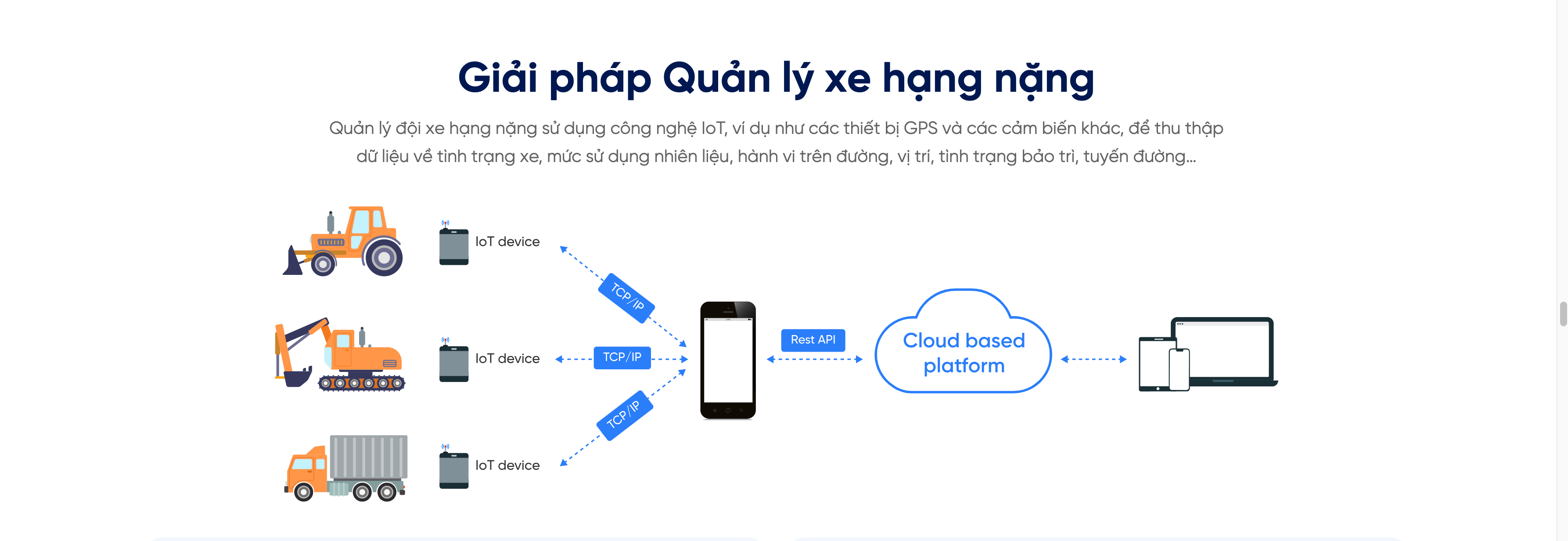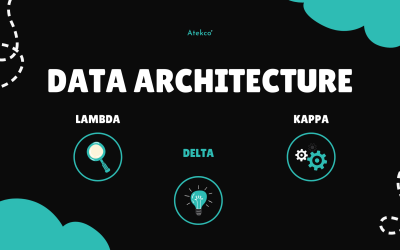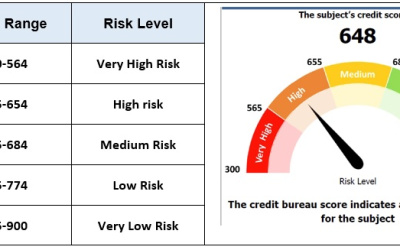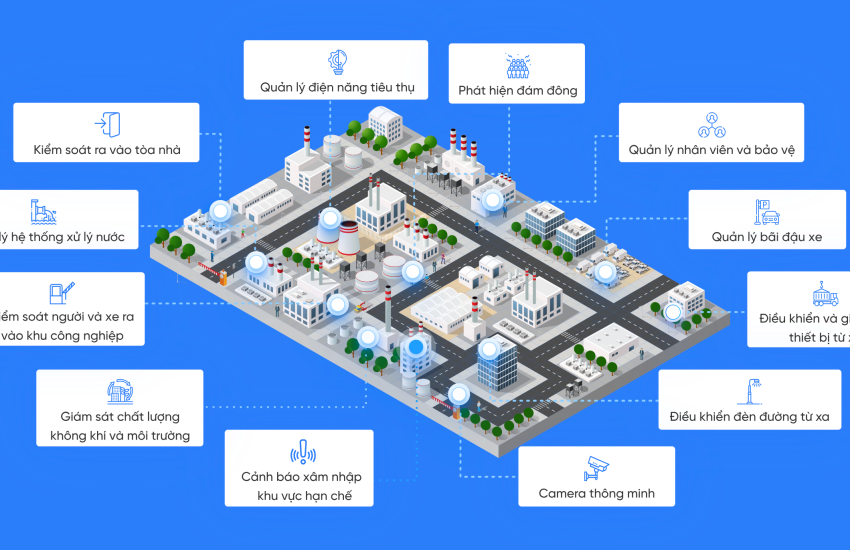
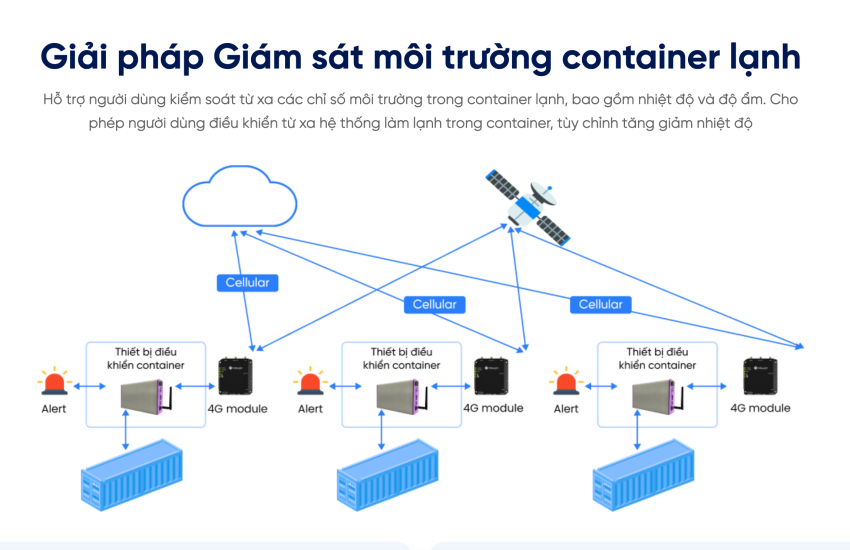
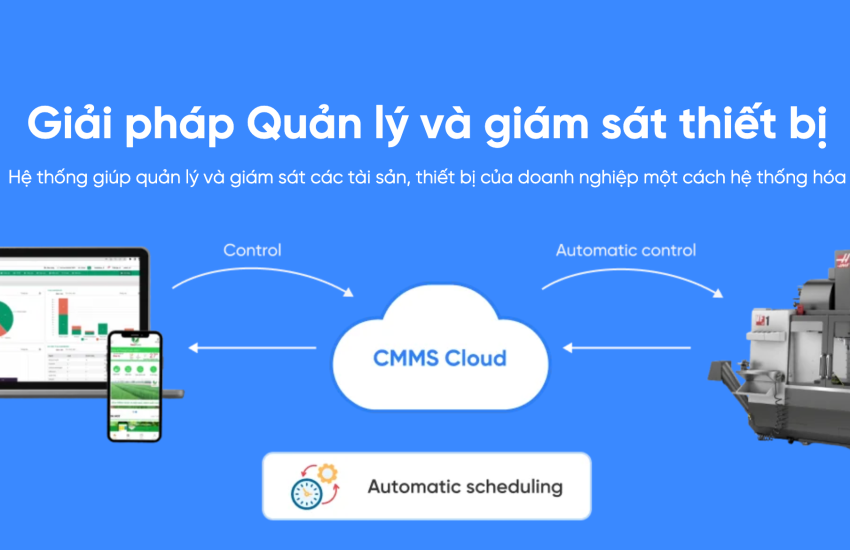
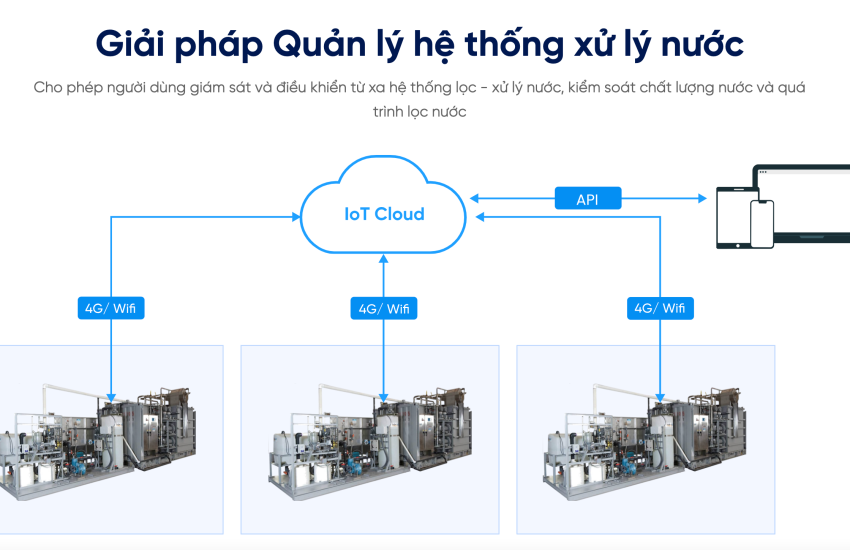
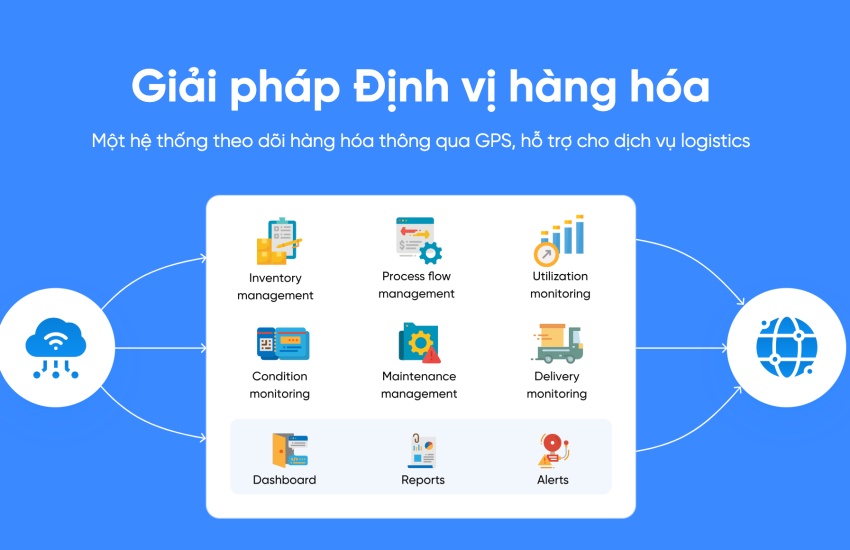
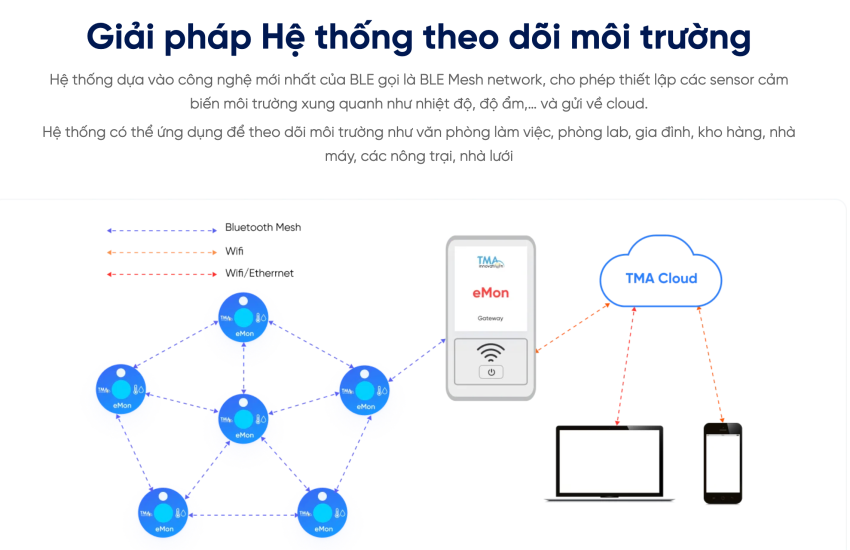
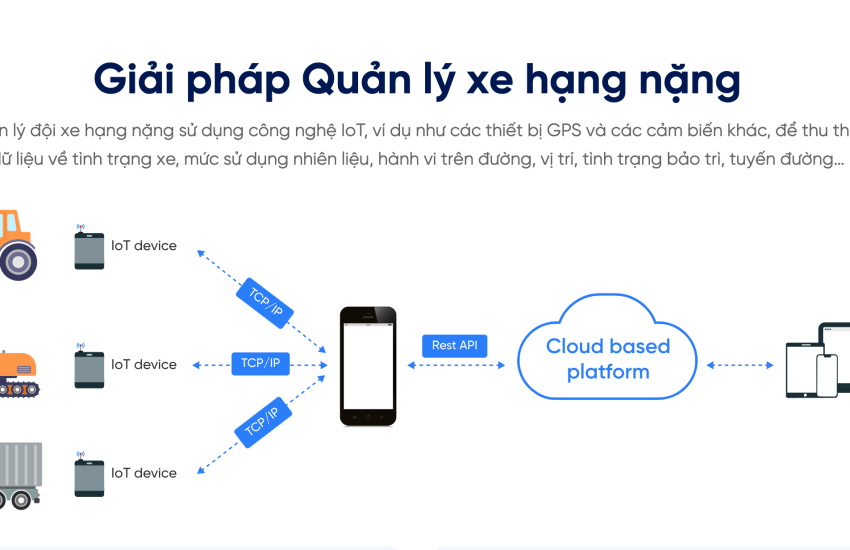


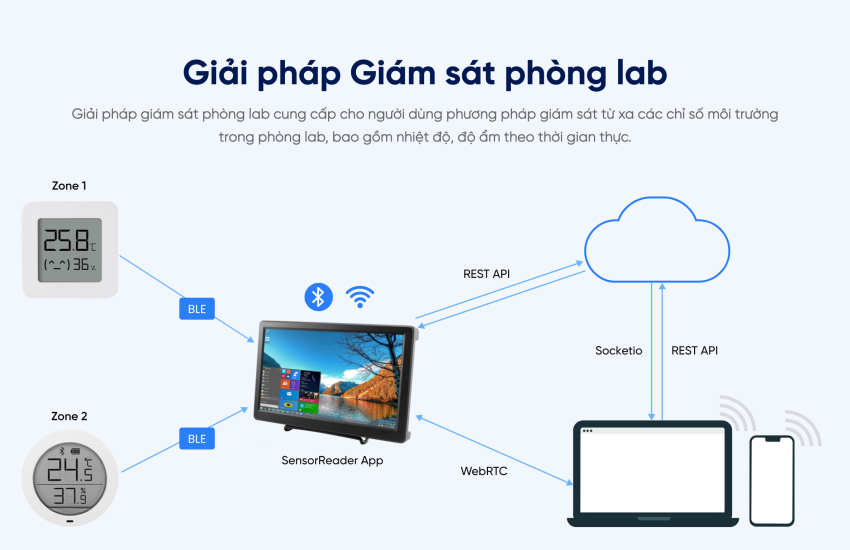
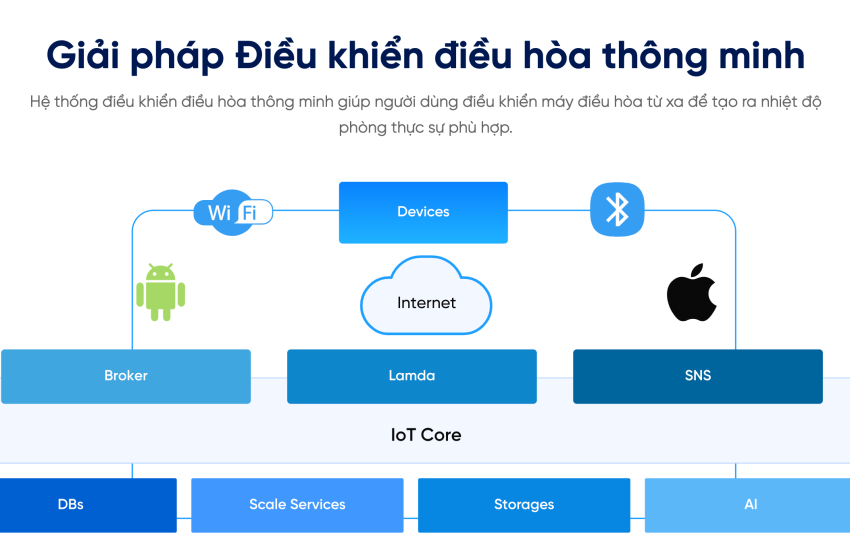
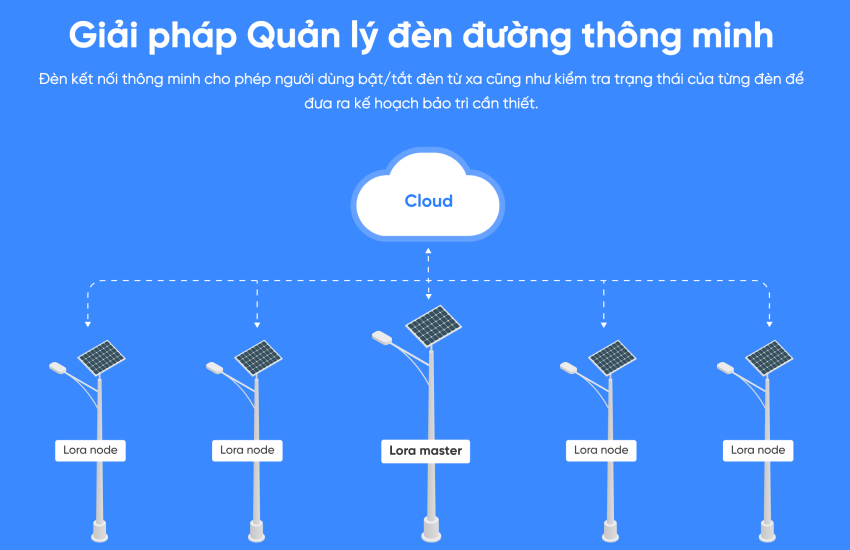
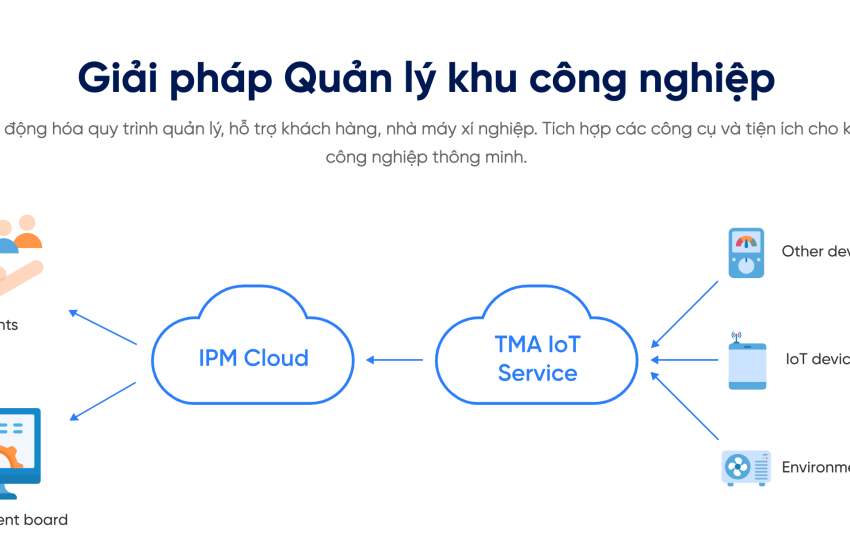
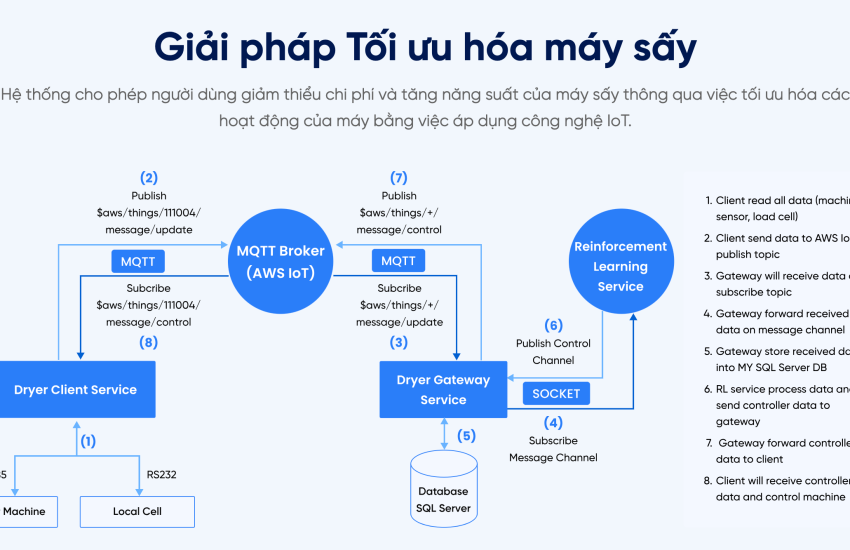
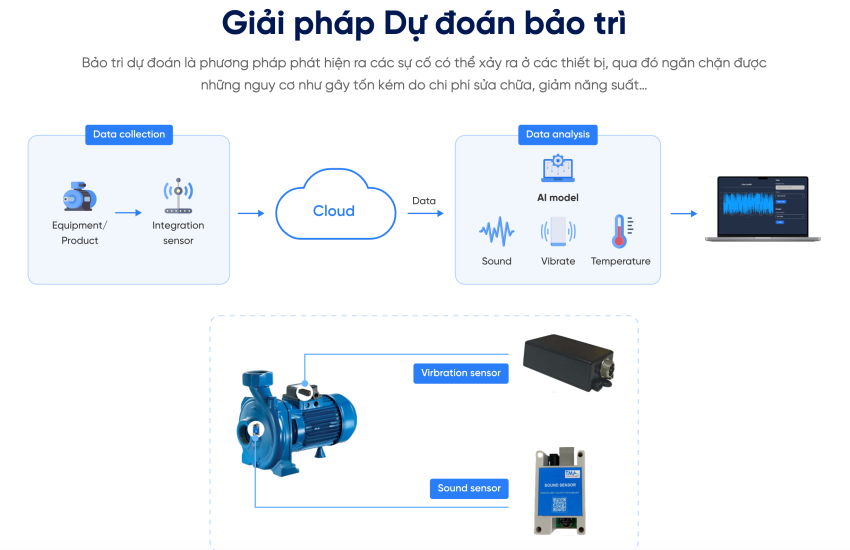
Low-Code Development Trends for 2024
Low-code programming platforms continue to revolutionize software development for businesses seeking rapid application deployment at minimal costs.

With low-code platforms, even individuals with limited coding expertise can design software applications tailored to their specific needs, thanks to intuitive drag-and-drop interfaces and pre-built components.
In contrast to traditional on-premises development, low-code solutions empower companies to develop software and integrations swiftly and efficiently.
According to Mordor Intelligence, the low-code development platform market is poised to reach a substantial $36.43 billion by 2027.
This article delves into the core features of low-code programming and offers insights into emerging trends in low-code development for 2024.
Key Features of Low-Code Programming
Low-code programming simplifies and expedites application development through various key features:
Visual Development Environment: Low-code platforms provide user-friendly visual interfaces for designing user interfaces, defining data models, and creating business logic using drag-and-drop functionality.
Minimal Complexity: Instead of manually writing code, developers can utilize pre-built components and templates to assemble applications, reducing the complexity associated with coding.
Automated Code Generation: Low-code tools often automatically generate code based on user configurations, accelerating the development process.
Rapid Prototyping: Low-code development facilitates rapid prototyping and iteration, enabling developers to quickly create and adjust application prototypes for faster feedback and collaboration.
Cross-Platform Compatibility: Many low-code platforms support the development of applications compatible with various platforms, including web browsers, mobile devices, and desktops.
Accessibility: By democratizing development, low-code platforms make application development accessible to a broader audience, including business analysts and project managers with limited programming skills.
Low-Code Development Trends for 2024
Democratization of Software & App Development: Low-code platforms will continue to democratize software development, enabling non-technical employees to contribute to application development, thus fostering agility and problem-solving within organizations.
Low-Code Cloud Infrastructure: Cloud-native low-code development will gain traction, offering enhanced agility, scalability, and cost-efficiency for organizations leveraging cloud infrastructure.
Integration of AI and ML in Low-Code Platforms: The integration of artificial intelligence and machine learning in low-code platforms will enable users to incorporate intelligent features and data-driven decision-making into applications without extensive manual coding.
Connecting Low-Code with Legacy Systems: Integration between low-code platforms and legacy systems will enable the creation of modern applications that leverage existing data and functionalities, fostering a unified digital ecosystem.
Low-Code Business Process Automation: Low-code platforms will increasingly be used for automating business processes, optimizing workflows, and improving operational efficiency.
Low-Code Tailored for Specific Industries: Industry-specific low-code development platforms will emerge, catering to the unique requirements and regulatory standards of sectors such as healthcare, manufacturing, and finance.
Low-Code Adoption Regardless of Business Size: Low-code programming will continue to gain popularity among businesses of all sizes, empowering organizations to develop custom applications and prototypes at a fraction of conventional development costs.
Interested in building a tech team in Vietnam? We can help. Our agency can set up teams of developers in as little as one month, drawing from a large pool of skilled professionals.
How Low-Code Can Benefit Your Business?
Low-code development offers numerous benefits, including faster time to market, increased agility, cost-efficiency, accessibility, streamlined collaboration, scalability, and rapid prototyping and iteration.
In conclusion, while low-code programming is ideal for developing simple applications and prototypes, it may not be suitable for highly complex or performance-critical projects. Nevertheless, its rise signifies a collaborative approach to software development, involving stakeholders from various backgrounds in the creation process.
Looking for a partner for high-quality IT development? Our dedicated teams of developers at Bocasay provide cutting-edge software solutions for companies worldwide. Contact us to explore how we can assist with your next project.
Author: Saigontech.io



